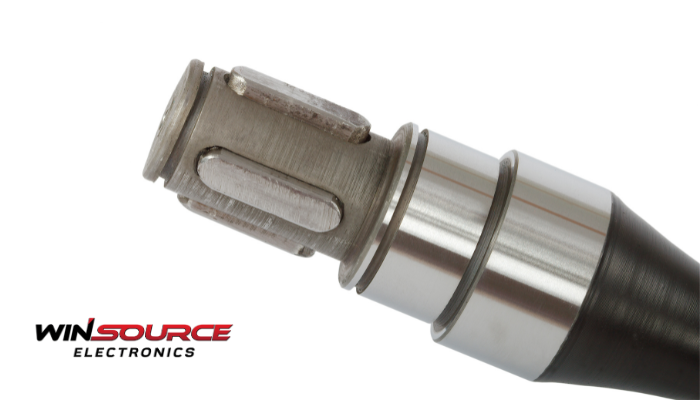
* Question
What is the working principle of the zirconium dioxide type oxygen sensor?
* Answer
The zirconium dioxide (ZrO₂) type oxygen sensor, also known as a zirconia oxygen sensor, operates based on solid-state electrochemical principles. It is widely used in automotive exhaust systems and industrial combustion control due to its reliability and accuracy in measuring oxygen concentration in gas mixtures.
Table of Contents
Toggle1. Core Sensing Element: Zirconium Dioxide
The sensor’s active component is a ceramic element made of zirconium dioxide, typically stabilized with yttrium oxide (Y₂O₃) to maintain its ionic conductivity at high temperatures. This ceramic is formed into a solid electrolyte, coated on both sides with porous platinum electrodes.
At operating temperatures (typically around 600–800°C), zirconia becomes a solid electrolyte that conducts oxygen ions (O²⁻) but not electrons.
2. Oxygen Ion Conduction Mechanism
The sensor is usually exposed to two different gas environments:
Reference Gas (usually ambient air) on one side.
Measured Gas (e.g., engine exhaust) on the other.
Due to the difference in oxygen partial pressures, oxygen ions migrate through the zirconia from the side with higher concentration (reference air) to the side with lower concentration (exhaust gas).
This ionic movement creates a potential difference (voltage) across the platinum electrodes, governed by the Nernst equation:
V=RT/4F ln(PO2,ref/PO2,sample)
Where:
V = output voltage
R = gas constant
T = temperature in Kelvin
F = Faraday’s constant
Pₒ₂ = oxygen partial pressure
3. Voltage Interpretation
At stoichiometric air-fuel ratio (~14.7:1 for gasoline), the oxygen level drops sharply, resulting in a sudden voltage transition (typically from ~0.1 V to ~0.9 V).
The engine control unit (ECU) uses this signal to regulate fuel injection, optimizing combustion efficiency and minimizing emissions.
4. Heater Integration
Since ionic conductivity requires high temperatures, most zirconia sensors are equipped with an internal ceramic heater to quickly reach operational temperature, especially in cold-start conditions.
In Summary:
The zirconium dioxide oxygen sensor works by generating a voltage through the movement of oxygen ions across a heated zirconia electrolyte, in response to a difference in oxygen concentration. Its electrochemical behavior, governed by the Nernst principle, makes it ideal for real-time air-fuel mixture monitoring in automotive and industrial applications.

COMMENTS